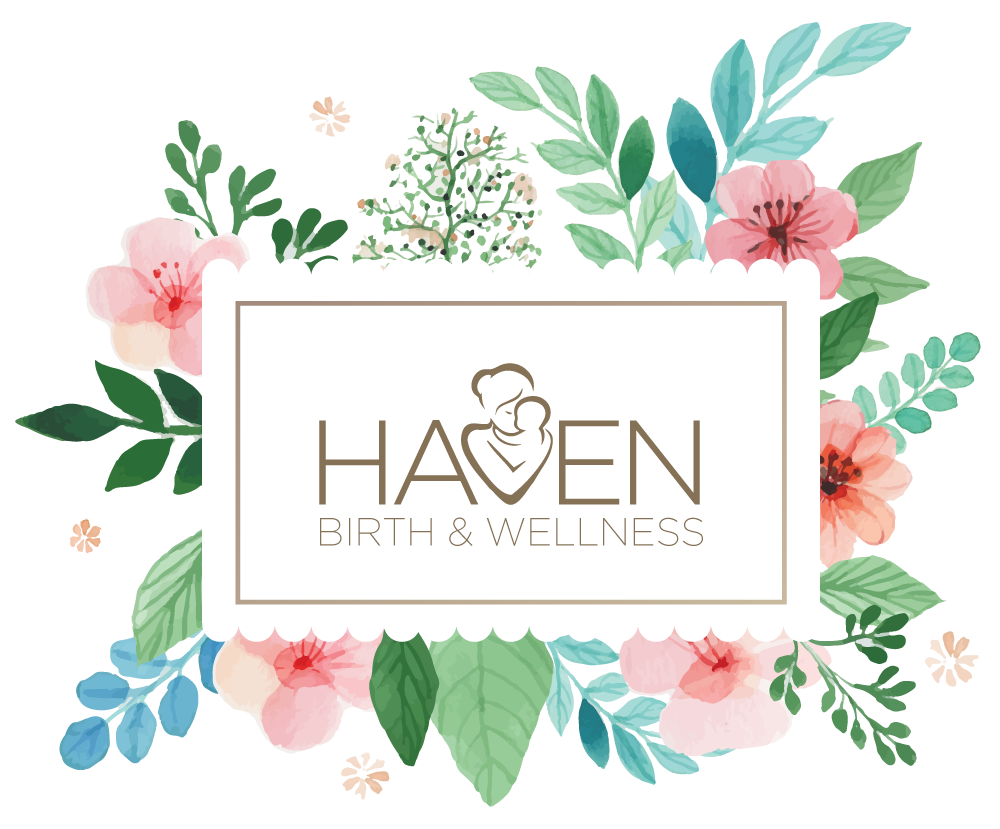How Midwifery Supports Physiologic and Low-Intervention Birth
We don’t throw around the word “physiologic” all that often in everyday conversation, though most of us have probably heard the term. “Physiologic” means having to do with the normal functions of the body, and in this context, it relates to the process of labor and birth.
The foundation of midwifery is the belief that birth is a physiologic process — a healthy and beautiful function of the body. While midwives are trained in possible complications, we don’t treat birth like a medical condition to be managed. Rather, we view it as a normal, physiologic process to be supported — with as little intervention as possible.
Below, I’ll share the primary practical ways midwifery facilitates physiologic birth from my perspective as a certified nurse-midwife.
4 Ways Midwifery Supports Physiologic Birth
Education and Preparation
Midwifery care starts with education. From the first prenatal appointment, we spend time helping women understand how their bodies work and how to prepare for birth. We recommend books, classes, and resources tailored to each family. We include women’s partners in this journey, as well, encouraging them to attend appointments and classes so they feel confident and informed as active participants.
One of the most empowering lessons we share is this: Your body was designed to do this transformative, beautiful work. By building a foundation of trust in their bodies, women learn to approach birth with courage and peace rather than fear.
Building Trust in the Process
One of the most vital aspects of midwifery is helping women trust their bodies and the physiologic process of birth. This begins, for example, from the first prenatal appointment, where we discuss due dates as estimates rather than deadlines. By preparing mothers for the possibility of going past their due dates, we help them avoid unnecessary worry or an artificially created urgency that could lead to interventions and even affect how mom labors and births.
All interventions, even seemingly small ones like membrane sweeps or breast pumping, aren’t without risks. While they have a time and place, our goal is to exhaust all other options first and allow the body to proceed unhindered according to its innate expertise.
Continuous Support During Labor
During labor, a midwife is a companion and advocate, present to protect the physiologic process. We stay present, offering encouragement if the work feels overwhelming and reminding women of their strength. Our care is hands-on and relational. Whether it’s holding a mother’s hand, offering gentle guidance, or simply being a quiet, grounding presence, we’re there to protect the space so the birthing process can flow uninterrupted.
In a home setting, this might mean asking certain people to leave the room, keeping the lights dim, or using quiet voices — whatever creates a warm, safe environment for mom to focus and move forward.
Aligning Vision and Goals
Midwifery care goes beyond the physical aspects of birth. It’s about fostering a sense of empowerment and connection. By choosing midwifery, families gain a partner who values shared decision-making and continuity of care.
It’s important for families to choose a midwifery team that shares their vision for birth. When mothers choose a home birth, they automatically distance themselves from many of the interventions common in hospital settings, such as epidural anesthesia or Pitocin augmentation. By ensuring alignment of values from the outset, clients can feel confident that everyone is on the same team and working toward the same goals.
A Note on ‘Low-Intervention’ Birth
While midwifery care aims for low intervention, it’s important to note that low intervention doesn’t always mean zero intervention. Sometimes, intervention can support a physiologic birth, as long as it’s thoughtfully chosen and aligned with the family’s goals. For example, breaking a mother’s water might be necessary in rare situations, but only after careful consideration and agreement.
While physiologic birth in its purest form involves no intervention, low-intervention birth shares the same guiding principles: respect for the natural process, a commitment to shared decision-making, and an emphasis on continuous, compassionate care.
Midwifery: A Partnership Built on Trust
Midwifery holds space for the remarkable process of bringing life into the world. It’s more than a model of care; it’s a partnership. It’s about listening to families, building trust, and nurturing a safe and supportive space where birth can unfold naturally.
Through education, preparation, and unwavering support, midwives honor the unique strength and beauty of each woman and her body’s ability to birth. From the first prenatal visit to the first moments with your baby, we’re here to support, empower, and guide you every step of the way.
Lauren Drees, CNM, MSN
Lauren Drees is a Certified Nurse Midwife and the founder of Haven Birth and Wellness. With over a decade of experience and having attended more than 1,000 births, Lauren is dedicated to providing compassionate, personalized care to women throughout their pregnancy, birth, and beyond.
Disclaimer: The content on the Haven Birth and Wellness website is created and/or reviewed by qualified Certified Nurse Midwives and healthcare professionals. We strive to provide accurate and detailed information for our readers. However, this blog is intended for informational purposes only and should not be considered a substitute for professional medical advice. Your own healthcare provider is best equipped to understand your unique situation and medical history. Always consult with your healthcare provider before making any decisions that may affect your health.



